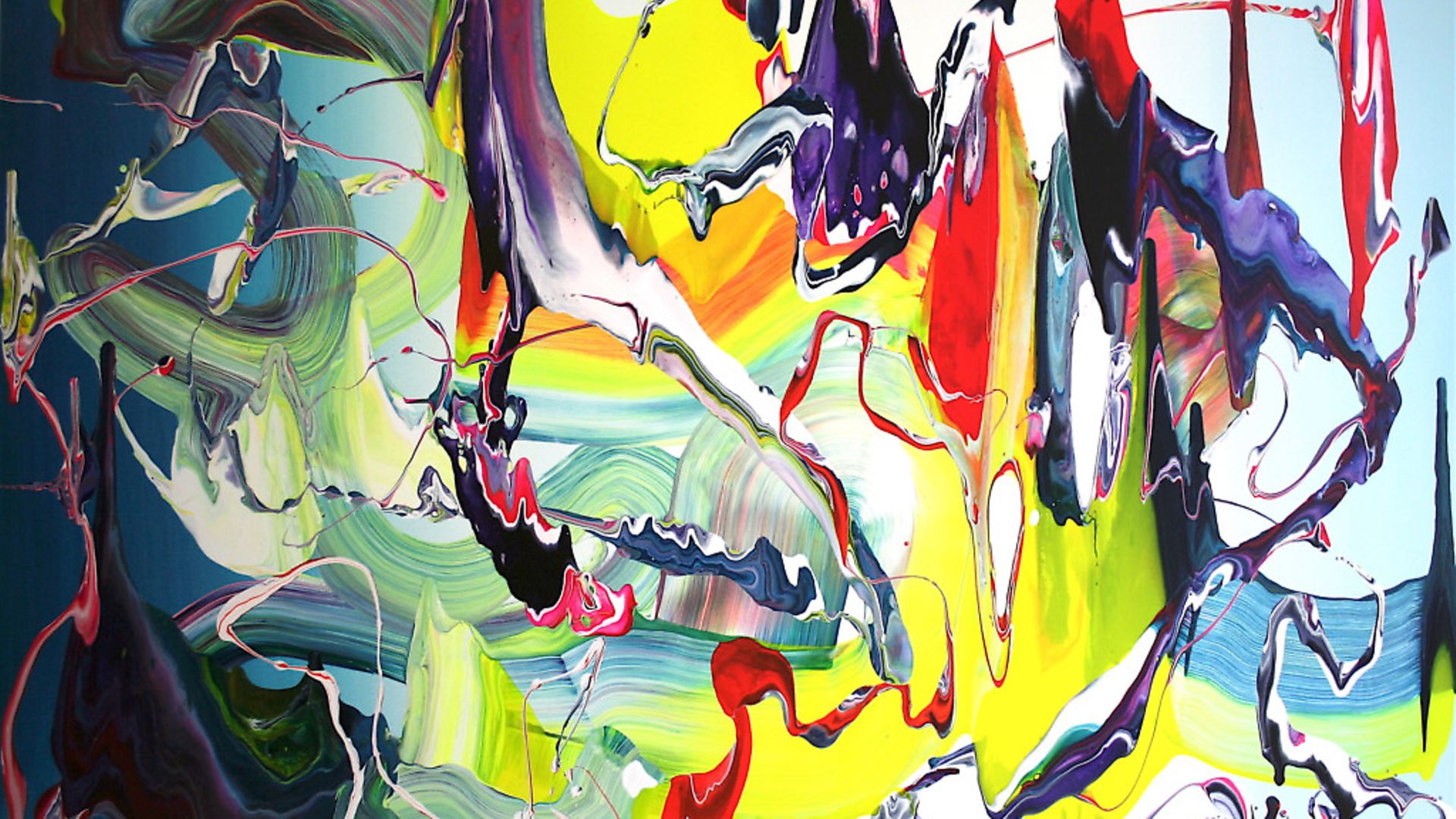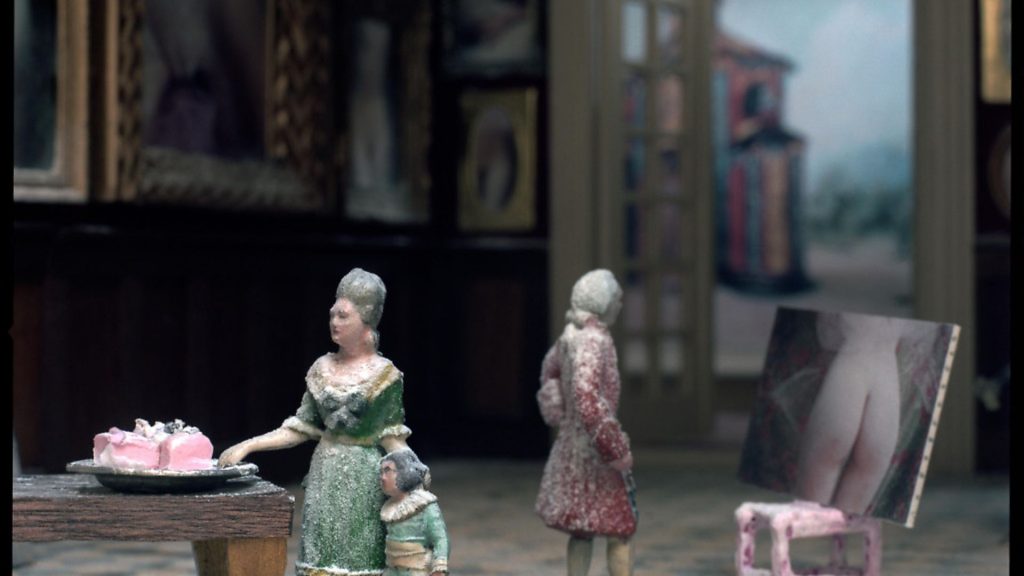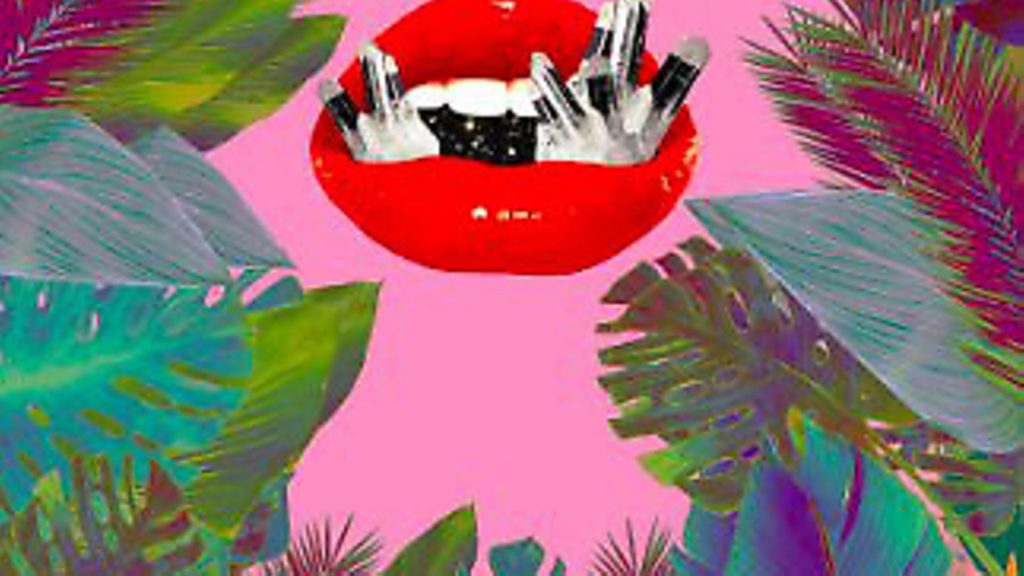
The initiative aiming to slash away at the art world’s exclusivity and elitism

In the 1984 film Beverly Hills Cop there is a scene where Axel Foley (Eddie Murphy) visits an elite Los Angeles art galley. As he arrives at the gallery Foley is confronted by the receptionist Serge (Bronson Pinchot). Receptionist Serge is the gatekeeper, he’s there to keep the riffraff out the gallery and this he does through a combination of dry wit, condescension and an arch and camp manner.
The scene is played out with Serge and Foley warming to each other as they indulge in shrill four letter word incredulity at the prices of the kitsch modern art that the gallery is selling.
Scroll forward 20 years to the height of the commercial gallery boom and I’m not sure Serge would still have a job as a gatekeeper/receptionist in a high-end art gallery, certainly not one in New York or London, the two cities that led the commercial art world. The problem is that whilst Serge had the arch condescension down pat, he should have never have warmed to Axel Foley.
In 2004, Serge’s job would have been to try to keep all but the correct people out of the gallery (and that includes keeping out maverick, wisecracking cops). Don Thompson in his excellent book The $12 Million Stuffed Shark, which is about how the art markets worked prior to the economic crash of 2008, describes the high end commercial art gallery at the height of the boom as being designed to be a ‘not very friendly place’ and one where ‘visitors are not comfortable’. The modus operandi of these places was to keep people out.

In this world, Serge’s job, if he had done it properly, was to be the first line of exclusion. And if you got past him there were plenty more guardians to get past. Commercial curators, collectors, dealers, gallerists, auction houses – all of these worked tirelessly at selling art in a way that was exclusive and elitist. And it worked. Oligarchs and Wall Street brokers, dot com billionaires and businessmen all tried to out do each other driving up the price of all art in the pursuit of what was, essentially, exclusivity and elitism.
It would be overstating it to say that world has disappeared over the past decade since the economic crash of 2008. It’s all still there. The art market still thrives on elitism and exclusivity. But there have been changes. Galleries are closing and new models and new methods of selling have begun to thrive in their place. And perhaps one of the best success stories to come from these changes is The Other Art Fair.
Started in 2011 by Ryan Stanier, The Other Art Fair is a method by which people buy art directly from the artist. As Stanier puts it: ‘People are starting to demand openness, transparency and value’. And at The Other Art Fair ‘the buying experience is very different from traditional environments: rather than buying through a third party, the visitor can hear directly from the artist about the ideas and inspirations behind the artwork’. The Other Art Fair is not the only art fair in town; Frieze – the ‘other’ art fair – is still the big boy. But the business model for The Other Art Fair is clearly working. The next Other Art Fair is the 20th to be held since 2011 and they have been held as far afield as Sydney, Melbourne and Brooklyn. This latest – at the Old Truman Brewery on Brick Lane, East London, from October 5-8 – features work in sculpture, photography and painting from 130 different artists.
However, whilst this approach to selling art is commercially viably, it does raise a specific question about standards. Those aforementioned gatekeepers were not just there to keep art elite. They were also there to maintain a standard of artistic excellence. If you get rid of the gatekeepers, who guarantees the quality?
As far as The Other Art Fair is concerned, the answer is twofold. Firstly, the gatekeepers haven’t gone. There is a stringent selection process for inclusion, with a panel that includes Rebecca Wilson, chief curator at Saatchi Art, Elizabeth Fullerton, arts journalist and author, the artist Jonathan Yeo and Rebecca Lewin, Serpentine Gallery exhibition curator. The 130 artists that were selected were selected from more than 730 applicants.
The second way in which the traditional guardians – the curators, gallerists and dealers etc – remain involved in this process is that they also attend the The Other Art Fair along with the public. The direct connection between the artist and the buyer is what the The Other Art Fair is known for but equally important is the way in which it has become a place for the curators, gallerists and so on, to do their work.
Artists are discovered here, For example, Spanish painter Ernesto Canovas who, only two years ago, was selling his works at the fair for £1,200, was signed by a gallery and recently had a sell-out show in Mayfair where his paintings started at £20,000.
So while The Other Art Fair is disruptive – to use a well worn buzzword – it also works with the more traditional and established methods used in the art market.
But the main selling point of The Other Art Fair is the involvement of the artists. You can talk to them about their work. And this is quite rare because usually in the art market, beyond the work they produce, the artist is largely silent. It is more often the case that the people doing the talking are the dealers and gallerists. And what they are usually talking about is money and exclusivity.
It would be a caricature to suggest that most dealers and gallerists are only interested in money. For most, and especially for those that thrive, their motivation is not just cash, but also an understanding and an appreciation – perhaps even love – for art. If you don’t like or understand art you couldn’t do the job. But this love or appreciation of art does often feel secondary. The world of the gallerist is a world primarily about selling. In that world, interpretation or appreciation of art, especially new art, does not always come immediately to hand.
But the culture, or climate, round The Other Art Fair is different. It’s all about talking about art. Approaches to art and traditions and the process of making art are all discussed.
Ideas and invention seem to be at the heart of it all. It is a talking shop and it is a good one because it is about imagination and the industry that goes into creativity. And as a punter, even if you don’t like a particular artist’s work, the whole process is an education. It is an engagement with how art works and is one that allows you to work out the how and why of what you like or don’t like. It’s all rather thrilling.
But there is a shadow cast over the future of The Other Art Fair and that is Brexit. Ryan Stanier states one of the problems clearly when he says: ‘Brexit affects everyone and everything. (…) In terms of how it affects the fair, it is still too early to predict. We can only assume that the restriction of movement within Europe will inevitably prevent talented artists from gaining entry into the UK. ’Currently approximately 25% of our artists for the London fair travel to exhibit from across Europe. They are attracted to a city celebrated as the capital of the art world. But in future, clearly this position will change. As a fair we now face the challenge of helping artists gain access to London and assist London artists with exposure across Europe.’
You don’t get much more ‘urban elite’ than a Shoreditch art fair and it is to be imagined that the plight of the poor artist is pretty low on the concerns of those that campaigned for Leave. But maybe London as a centre for art will survive Brexit and the scorn of the Brexiters.
The energy in the London art market is certainly still there, The Other Art Fair is testament to that. All the artists I spoke to who are exhibiting fair are foreign – some were based in London, others lived in Europe. Many saw London as an important place to be if you were serious as an artist.
Exhibiting Spanish artist Francisco Jose Jimenez moved to London ‘…because it is one of the world’s art capitals. From here it is easy to reach anywhere in the world, creating opportunities as long as you fight for them.’ For exhibiting French artist Blandine Bordeau ‘Being in London is hugely important. It is a dynamic and creative city’.
Brexit’s assault on London’s status as a centre for art is not just about the prosaic fact that foreign artists will no longer have the freedom of movement and will no longer be able to just to come here and make things happen. Brexit is also an assault on a particular way of seeing the world and it is this way of seeing things that is at the heart of so much of what art is.
Art is about being curious, investigative, critical but open, experimental and engaged. Part of this is process is about movement and travel. Exhibiting artist Fei Alexeli describes travel as ‘the rush of the unknown’ and her collages as being a ‘surreal interpretation of places I’ve never been to’.
Evi Savvaidi sees art as the ‘lingua franca of mankind’. Other artists I spoke were clear that movement, of being in the world and moving through the world in an open way, was almost a basic requirement of what it is to be an artist.
This is the hidden cost of Brexit. Work is undone or made difficult by this process of the UK withdrawing from Europe. In the arts, as well as in academia, finance, business and industry, people who have created something or built something or planned and worked towards something are facing having all their work undone or compromised by this vote to leave the EU. What is particularly galling is that this work is being undone by people who, as far as Brexit is concerned, have planned nothing, created nothing and built nothing.
In terms of basic outlook there is more planned and structured engagement with the world in the work of any single artist at The Other Art Fair than there is in the whole of the clueless, rudderless, pointless Brexit campaign.
And that’s not surprising, because so much of Brexit was always a deeply reactionary assault on imagination. It was never a campaign about ideas and invention. It was always a campaign that was suspicious and fearful of the world.
But Brexit has not happened yet and London is still a place where artists move to and where things happen. The Other Art Fair is part of this. It is entrepreneurial, inventive, and disruptive. It is open to the world and to possibilities. It a place where stuff gets done and where people are making things happen. As such the very existence of The Other Art Fair, as well as being a good place to talk about art and to buy art, is also an excellent argument against Brexit.









